Do you find it challenging to squeeze a self-care routine into your busy schedule? We’ve got you covered with ten simple and easy mindfulness and stress-relief techniques to boost your self-care. No need to sign up for classes or buy some gadgets because these techniques are free, can be done anytime and anywhere, and provide immediate relief.
Whether you're a seasoned self-care enthusiast or new to the concept, these techniques are designed to effortlessly fit into your daily routine, helping you boost your self-care game and create a happier, more balanced you.
What Is Mindfulness?
Mindfulness is a mental practice and state of awareness characterized by focused attention on the present moment, without judgment or distraction. It involves being fully engaged in whatever you are doing, whether it's a simple daily task or a specific meditation practice, and observing your thoughts, feelings, sensations, and surroundings without trying to change or judge them.
What Are the Benefits of Mindfulness?
Mindfulness offers a wide range of benefits for both mental and physical well-being including stress reduction, enhanced focus and concentration, and increased self-awareness. It's important to note that the benefits of mindfulness often accumulate over time with regular practice. While some people may experience immediate improvements, others may need weeks or months of consistent practice to fully realize the advantages.

10 Mindfulness and Stress-Relief Techniques
-
Meditation - Meditation can be done in simple ways that require minimal equipment or preparation. Find a quiet and comfortable place with less distraction so you can focus on your thoughts and breath. This can be in a corner of your room, on a park bench, or anywhere you can be relaxed.
- Progressive Muscle Relaxation - Relax different muscle groups in your body by starting at your toes and working progressively your way up to your face. This can be done by sitting or lying down on a comfortable surface.
- Deep Breathing - Practice deep breathing by being in a comfortable position where can sit or lie down without distractions. Begin by relaxing your shoulders and facial muscles, and take a slow, deep breath in through your nose. Hold your breath for a moment and exhale slowly and completely through your mouth.
-
Engage in Music - Simply listen to music you enjoy. Sing along with your favorite songs, whether in the car, shower or while doing household chores. You can also create playlists for different moods or activities and even play an instrument. Engaging in music also involves dancing, which is scientifically proven to reduce levels of cortisol caused by chronic stress and cause the brain to release dopamine – a natural mood booster.
-
Get Creative - Have fun and express yourself by tapping into your creativity through drawing, exploring colors, DIY projects, upcycling, crafting, and photography.
- Positive Self-Talk - Positive self-talk can be a powerful tool for boosting self-confidence and promoting a positive mindset. Begin your day by reciting a few positive affirmations in front of a mirror. Use sticky notes and post them where you can easily them throughout the day.
-
Yoga - Choose a quiet place and wear comfortable clothes that will allow you to move freely. Take advantage of free instructional yoga videos on platforms like YouTube or use dedicated yoga apps that guide you through various routines. Choose videos that match your skill level, whether you're a beginner, intermediate, or advanced practitioner.
-
Rhythmic Movement - Rhythmic movement or exercise involves repetitive and coordinated movements that can produce a relaxation response. Some activities include running, cycling, swimming, skipping rope, jumping jacks, and hiking.
- Journaling - Express your thoughts, emotions, and ideas while promoting self-reflection, gratitude, and personal growth. Start in the morning and write down things you are grateful for. Set your intentions and goals for the day and reflect at the end of the day.
- Stressor Elimination Process - Stressor elimination involves identifying and evaluating the sources of stress in your life for the purpose of reducing stress. These could be related to work, relationships, finances, health, or other areas.
Remember, self-care isn't a luxury but a necessity, and incorporating these mindfulness and stress-relief techniques into your self-care routine can create a difference in your well-being. So, take a moment each day to nurture yourself, find peace in the present, and let these techniques be your guide to a happier and healthier you.
Show us how you're practicing these techniques by connecting with us on social @shapermint.




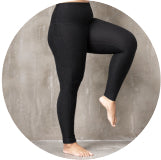








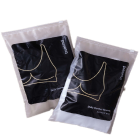













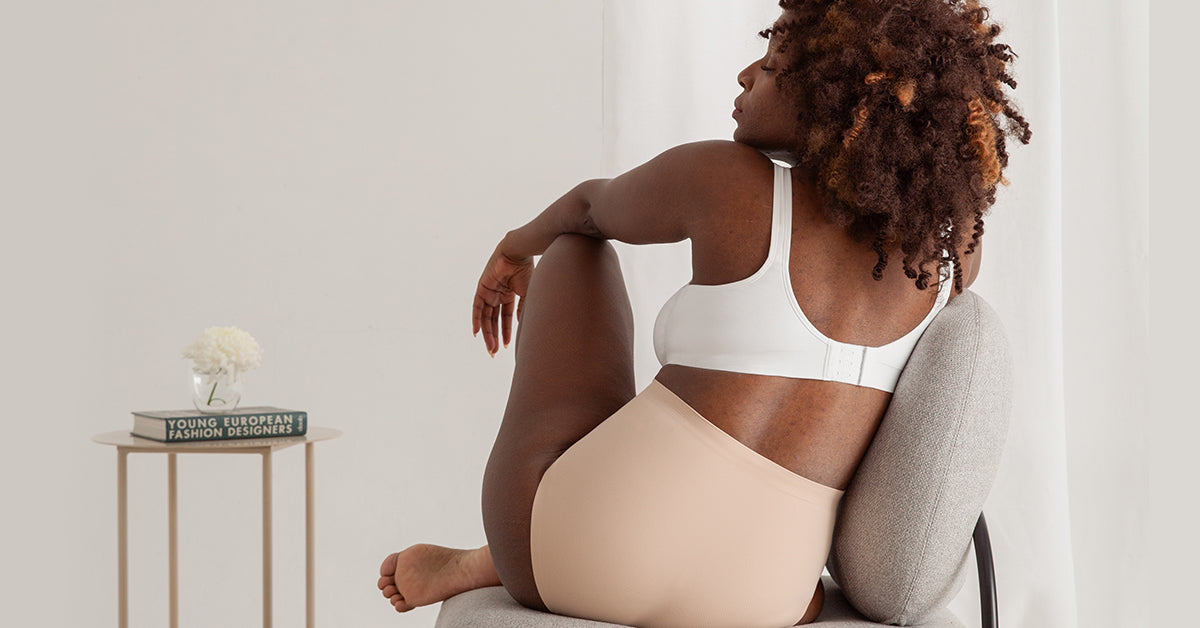





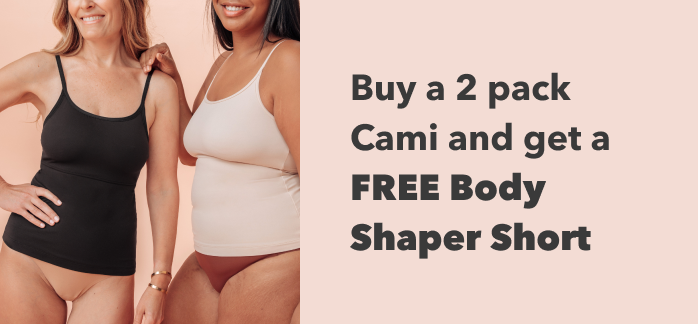
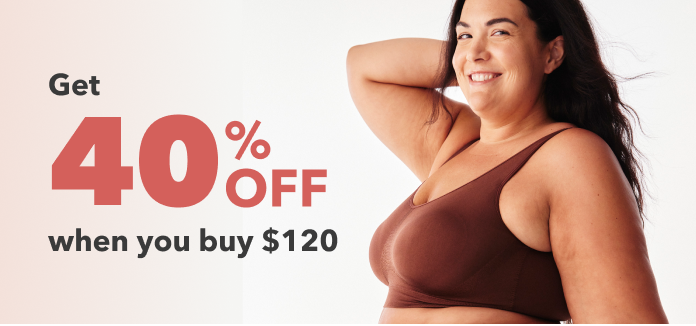


Leave a Comment
post a comment